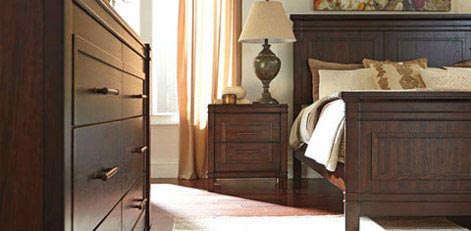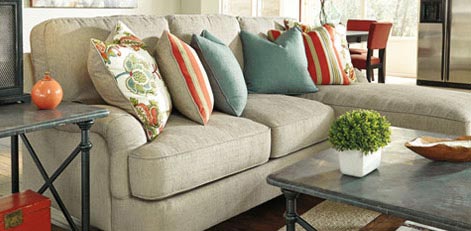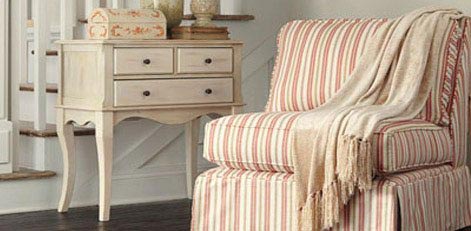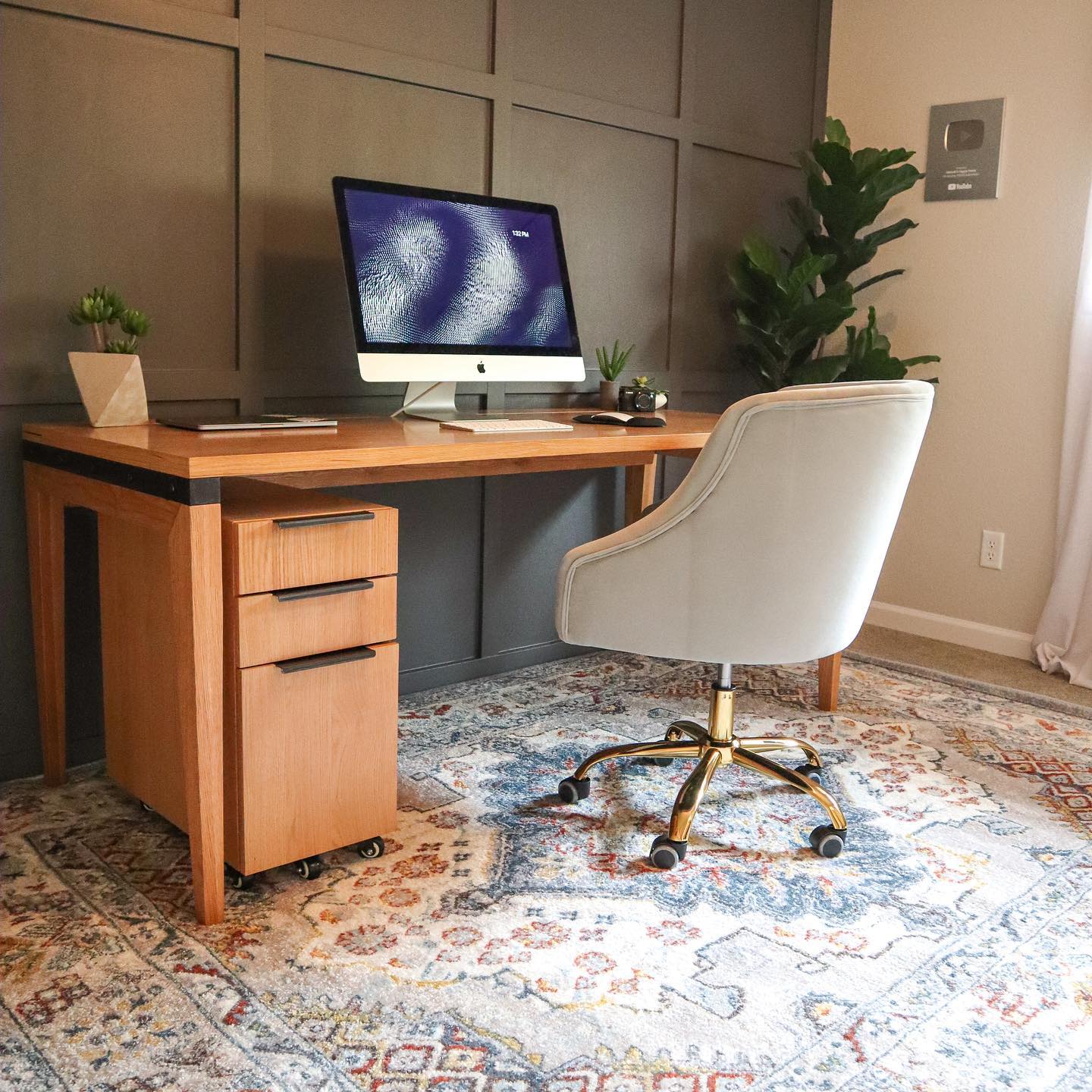Ever wondered how to make sure that stunning china cabinet will actually fit in your dining room before you bring it home? It's not just about finding the perfect spot; it's about precision and avoiding unwanted surprises.
Measuring a china cabinet involves more than just height and width; you've got depth, clearance for doors or drawers, and sometimes even weight considerations if you're placing it on an upper floor.
We'll guide you through each step, ensuring that when you choose your cabinet, it’s as if it were custom-made for your space. Let's dive into the essentials of getting those measurements right.
Importance of Measurement
Measuring accurately is crucial to ensure a china cabinet fits perfectly in your dining room without any surprises. Beyond just height and width, you need to consider depth, doors or drawer clearance, and even weight.
Space Planning
Measuring a china cabinet isn't just about ensuring it will fit in your chosen spot. It's also crucial for space planning. Before you decide where to place your cabinet, look at the room's layout. Think about how people move through the space. You want to avoid placing your cabinet in high-traffic areas where it might get bumped or block pathways.
Leave enough space for the doors to open fully without hitting other furniture or walls. This is especially important if you're considering a larger model with swinging doors rather than sliding ones.
Cabinet Selection
When selecting a china cabinet, its style should blend seamlessly with your room’s decor. Whether you prefer something traditional, like the Chateau De Ville Hutch And Buffet from Acme, or more modern like AICO's Glimmering Heights China Cabinet, the design plays a significant role in enhancing your space's overall aesthetic.


Material and finish are not just about looks; they also determine how well your cabinet will hold up over time. For instance, solid wood may offer more durability than composite materials but might require more maintenance. Just check out this timeless piece from Furniture of America's Alpena Collection.
Lastly, think about what you'll store inside the cabinet and choose one that fits those needs perfectly—whether it’s heirloom dishes or everyday dinnerware.
Selecting the right size is key here. Too small and you won’t have enough storage space; too large and it could overwhelm the room.
Tools and Materials
Selecting the appropriate tools and materials for measuring your china cabinet is essential for accuracy, such as:


Measuring Tape
A metal measuring tape is your best friend for this task. It's crucial because it gives you precise numbers. Make sure the tape doesn't bend or twist. This ensures accuracy.
Measure each dimension of the cabinet twice. This double-checking method catches any mistakes early on. It’s like having a second set of eyes on your work.
Notepad
Right after measuring, write down those numbers. A notepad is essential here. If you trust your memory alone, you might mix up the figures.
List each measurement: height, width, depth. Separate them clearly to avoid confusion later during installation or when buying accessories.
Draw a simple diagram of the china cabinet on your notepad, too. Place the measurements where they belong on this sketch. It helps visualize the space needed and aids in planning where to put it in your home.
Right after measuring, write down those numbers. A notepad is essential here. If you trust your memory alone, you might mix up the figures.
List each measurement: height, width, depth. Separate them clearly to avoid confusion later during installation or when buying accessories.
Draw a simple diagram of the china cabinet on your notepad, too. Place the measurements where they belong on this sketch. It helps visualize the space needed and aids in planning where to put it in your home.
By using these tools and materials effectively, you ensure that every aspect of measuring a china cabinet goes smoothly from start to finish.
Remembering why accurate measurement matters sets us up for success in selecting or fitting our furniture perfectly within our chosen spaces.
Measuring Cabinet Dimensions
After ensuring you have the correct tools and materials for measuring your china cabinet, the next step is to measure its dimensions accurately. By carefully measuring the cabinet's height, width, and depth and recording these measurements on a notepad along with a sketch, you will have a clear overview of the cabinet's sizing requirements.
Height
To accurately measure the height of your china cabinet, start from the ground and extend your measuring tape to the highest point. This might seem straightforward, but there are a couple of things you need to keep in mind.
First, take into account the ceiling height where you plan to place the cabinet. You don’t want it so tall that it nearly touches or scrapes against the ceiling.
Also, remember any decorative elements that could be on top of the cabinet, like finials or carved designs, which add inches to your measurement, such as in this Charmond Dining Buffet And China from Ashley Furniture.
Width
You’ll need to measure across the widest part of your china cabinet. Often, this includes molding or trim that extends beyond the main frame of the cabinet. Consider clearance on either side for easy access and airflow around the cabinet. This ensures doors can open freely without obstruction.


Depth
Depth measurements require attention from the front edge back at its deepest point. If your china cabinet doesn't have uniform depth throughout its structure, check at multiple points for accuracy.
Don't forget about protruding features such as door handles or knobs; these add extra inches and are crucial when calculating overall depth—especially if fitting into a tight space is necessary. These
Dish and China Storage
When considering dish and china storage inside your cabinet, think about the items you'll be storing and how they'll be arranged. Planning for different sizes and shapes of items will help maximize your storage space efficiently.
Cupboard Space
After measuring your cabinet's dimensions, focus on the internal storage capacity. This is crucial for fitting all your china safely. Think about how many plates, cups, and larger items you need to store.
Adjustable shelves offer great flexibility. You can change the space between them as needed. This makes it easier to fit various sizes of dishes or seasonal decorations.
Depth matters too. Make sure your cabinet is deep enough for large plates and serving dishes. If they don't fit comfortably, you risk damaging them.
Shelf Arrangement
The number of shelves in your cabinet affects how much you can store. More shelves mean more space, but remember to check if they're adjustable.
Spacing between shelves is key for storing tall items like vases or pitchers without having to lay them down. Also, consider the shelf strength and support system since heavy porcelain or glassware needs sturdy shelving.


Corner Cabinet Measurement
When measuring a corner curio cabinet, accuracy is crucial to maximizing the use of space efficiently. Check each dimension accurately to ensure the cabinet fits seamlessly in the corner without any gaps or unnecessary spaces.


Wall Angle
Measuring a china cabinet starts with understanding your space. Walls might not always be as straight as they seem. Use a level tool to check if walls are perfectly vertical. This step is crucial for corner curios.
Sometimes, you'll find walls that are angled or curved. If this is the case, adjust your measurements accordingly. It ensures the cabinet fits snugly without any gaps.
Remember to factor in the wall angle when planning where to put your cabinet. This helps avoid surprises during installation.
Door Opening Size
Next, focus on the door opening size of the china cabinet. Measure this separately from the overall width of the piece.
It's important that doors can open freely without hitting other furniture or walls. This detail matters the most in tight spaces.
For smaller rooms, consider folding or sliding doors for your china cabinet, like Pulaski Furniture's oak china cabinet. They save space and prevent potential damage from swinging doors.
Your Path to Perfect Fit and Functionality
You've got the lowdown on measuring your china cabinet, from the nitty-gritty of tools and materials to the specifics of storage space and corner measurements. It's all about getting those dimensions spot-on to make your dishes shine, and your space work smarter, not harder.
Remember, double-checking your measurements can save you a world of hassle—measure twice, cut once, as they say. Whether you're fitting an heirloom piece into a cozy nook or planning a full dining room revamp, these tips are your blueprint for success.













